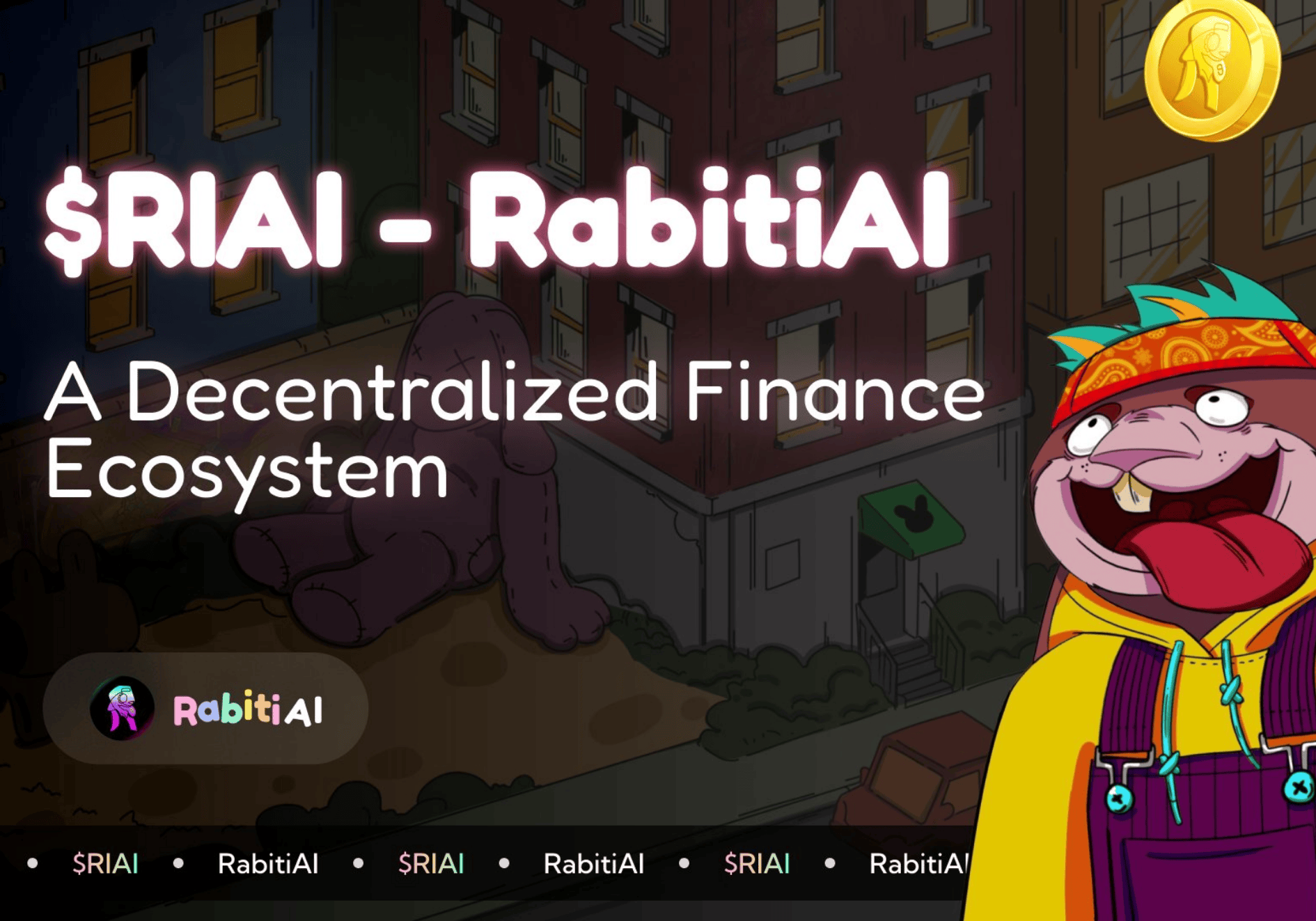Introduction to the Latest Fed Rate Update
The Fed Rate Update for May 2025 revealed that the U.S. central bank opted to keep interest rates unchanged at 4.25%–4.50%. Although widely anticipated, this decision has profound implications for inflation management, market behavior, and investor sentiment. This article analyzes the reasoning behind the pause, key economic signals, and what lies ahead.
Economic Context Shaping the Fed’s Decision
Persistent Core Inflation Challenges
Core inflation continues to trouble the Federal Reserve, remaining above the 2% target. Despite some easing in headline inflation, sectors like housing, healthcare, and insurance show sustained price increases, indicating that inflationary expectations are becoming more ingrained in consumer behavior.
Trade Tensions and Tariff Concerns
The return of President Donald Trump has heightened trade disputes, with new tariff proposals adding to market uncertainty. These policies are stoking inflation fears by disrupting supply chains and raising import costs, complicating the Fed’s efforts to manage domestic economic conditions alongside global uncertainties.
Details of the Fed Rate Update in May 2025
The Federal Reserve’s Announcement
On May 7, 2025, the Federal Reserve declared that interest rates would remain steady at 4.25%–4.50%, meeting market expectations after weeks of speculation. Chair Jerome Powell emphasized a cautious approach, highlighting the need to address ongoing inflationary pressures with discipline.
Why the Fed Chose to Pause
Powell explained that core inflation’s persistence above the 2% target necessitated this hold. Although headline inflation is showing signs of moderation, underlying pressures in services and housing suggest that price stability remains elusive, prompting the Fed to maintain its current stance.

Market Reactions to the Fed Rate Update
Equity and Crypto Market Responses
Following the Fed Rate Update, stock markets experienced initial volatility but later stabilized as investors appreciated the predictability of the decision. Meanwhile, crypto assets like the memecoin GORK faced continued fluctuations, as high-rate environments often drive capital toward safer, yield-generating investments.
Read more: What Is Gork? The Meme Coin That Rocked Solana
Effects on Bonds, USD, and Gold
Bond yields stayed high, and the U.S. dollar maintained short-term strength post-announcement. Gold, however, may see gains if rate cuts materialize in Q3, with each asset class responding according to its sensitivity to monetary policy changes.

Looking Ahead: What’s Next After the Fed Rate Update
Anticipation of Future Rate Adjustments
Analysts predict three rate cuts in 2025, potentially starting in July, if inflation cools further. However, Powell cautioned that renewed inflationary pressures could delay these cuts, aiming to temper market expectations and curb excessive risk-taking.
Stagflation Risks on the Horizon
With economic growth slowing and inflation remaining elevated, stagflation concerns are resurfacing. The Fed faces a delicate balancing act: cutting rates too late could stall growth, while cutting too early might reignite inflation, making timing critical.

Guidance for Investors Post-Fed Rate Update
Strategies for Navigating Uncertainty
Investors are advised to adopt a defensive approach, diversifying into dividend stocks, inflation-protected securities, and precious metals. Limiting exposure to speculative assets is prudent until the Federal Reserve provides clearer signals on future policy moves.
Conclusion: Navigating the Financial Landscape
The Fed Rate Update in May 2025, maintaining rates at 4.25%–4.50%, demonstrates the central bank’s careful effort to balance inflation control with recession prevention. Rising geopolitical tensions and market volatility underscore the need for businesses and investors to brace for a challenging financial environment, where data and discipline will shape the Fed’s next steps.




